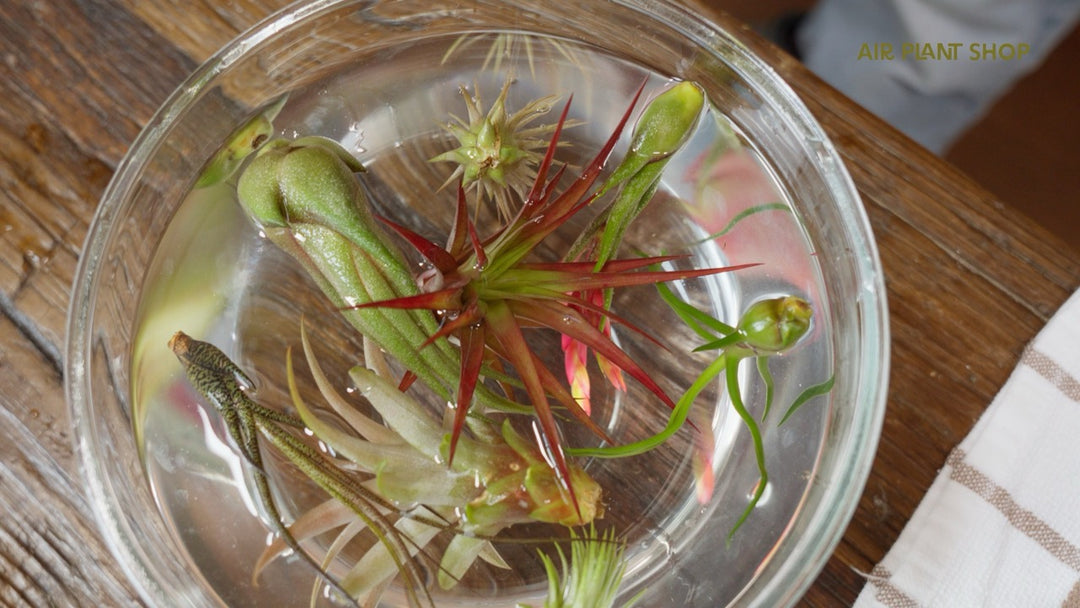
All Things Air Plant: A Dictionary for Air Plant Terms
Tillandsia
Scientists refer to living things by their binomial nomenclature, or the two terms used to classify a plant or animal. Air plants are no exception! Tillandsia is the genus classification that describes a large number of epiphytic plants that mainly grow in tropical and subtropical regions. For example, Tillandsia bulbosa is a popular air plant with Tillandsia being the genus classification and bulbosa being the species classification.

Epiphyte
Lithophyte and Saxicolous
Lithophyte and Saxicolous don’t exactly roll off the tongue. But, as confusing as these interchangeable words sound, they actually have simple definitions. Lithophytes or Saxicolous plants, like orchids, ferns, and algae, are plants that grow in, on, or amongst rocks. Some air plants like Tillandsia tectorum are considered lithophytes because they have adapted to grow amongst rocks in their native climates.

Caulescent
Caulescent plants are those that have a stem visible as it grows, with new leaves forming every higher-up the stem as it matures. Tillandsia latifolia is a commonly known caulescent air plant as it can be found growing on a long stem. Cacticola (picture to the right) is another perfect example of a caulescent plant.
Inflorescence
An inflorescence is the cluster of flowers that grow from a main stem. Flowering air plants like Tillandsia xerographica produce one or several colorful blooms that can last anywhere from a few days to many months. For more information about types of air plant blooms, click here.

Trichomes
Trichomes are the small hairs visible on the outer skin of air plants. These trichomes are a big part of what helps air plants survive. Not only do trichomes help air plants reflect solar radiation, but they also serve to catch nutrients that sustain the plant. Air plants are able to absorb water thanks to their trichomes.

Offsets and Pups
Offsets, or more commonly “pups”, are the plant babies that stem from a mother plant. After a mother plant blooms, pups are likely to grow out of the mother plant’s base. Sometimes multiple pups will develop so that they can be removed from their mother plant, resulting in the exciting possibility for multiple individual plants.
Bromeliad
Did you know all Tillandsia are considered Bromeliads? Bromeliads are plants characterized by short stems and stiff leaves. These plants usually grow in tropical or subtropical regions. Some large bromeliads grow in soil while others, like tillandsia, prefer to attach themselves to trees.
Blushing
As air plants mature, they will go through different color cycles. When a plant reaches maturity and prepares to bloom, the leaves will often transform from green to pink, red, or orange. We call this "blushing". A blushing plant is a sign that a bloom is soon to follow!








Very impressed thanks guys
Leave a comment